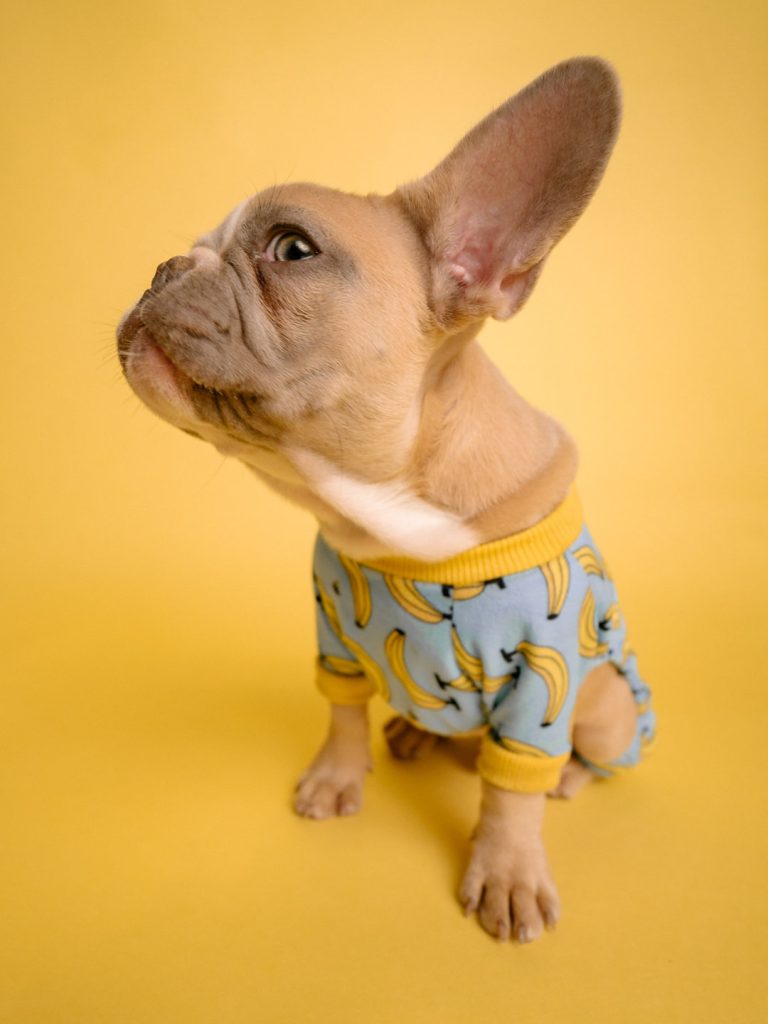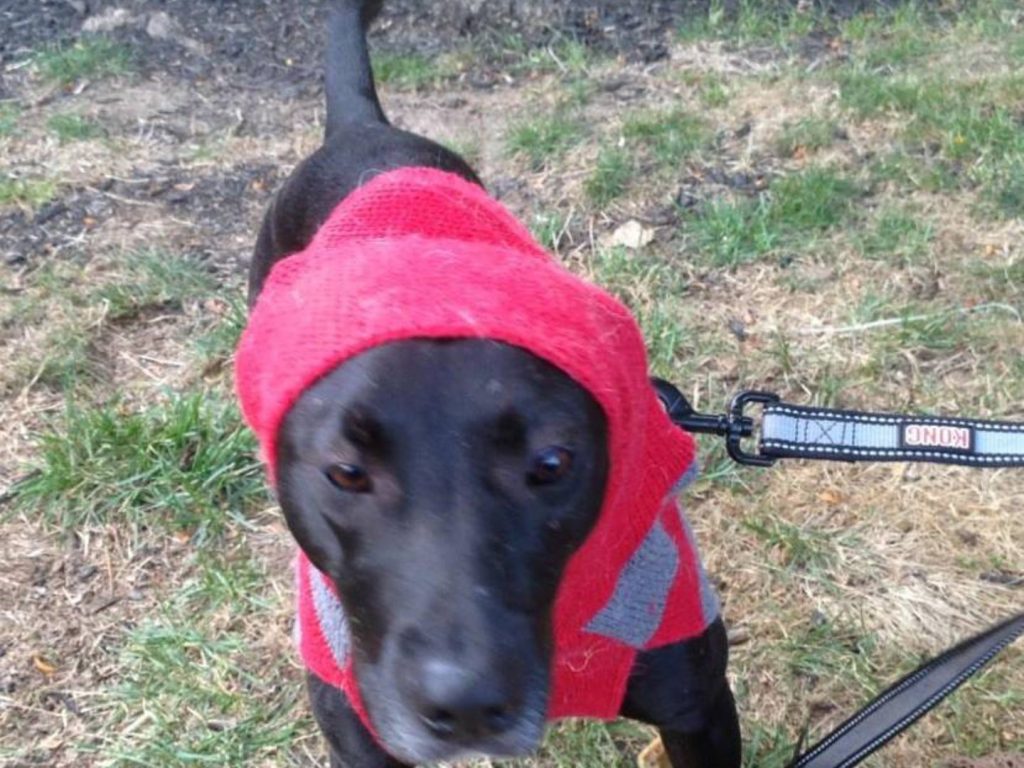You always hear the expression, “It is heartbreaking to go to a shelter and see all the unwanted animals there”. Animals respond to energy. Pity doesn’t feel good to the body. It diminishes the energy level of the recipient and separates them in an isolating way. Nobody flourishes in pity. Pity is a gratuitous way for the offeror to process the sadness that they are being inundated with. They take it in and recycle it back onto the recipient. It is a very unkind way to deal with one’s feelings.
A better way is to introduce a more beneficial alternative to the recipient of your pity. Compassion and pity are not the same thing. If pity buries the recipient, compassion is a conduit for kindness to uplift them. The compassionate alternative to pity is to help the recipient of pity find a path to a better outcome.
When you visit a shelter, connect with all the animals; not just the cute ones, young ones, or the ones that are responsive. Non-verbally explain to them by using mental imagery that they are there to interview potential parents. Many of them have never experienced human kindness. So, show them what it looks like. You can imagine hugging and petting them. Give them a mental image of how loving people treat their furry family. Give them that awareness. Doing this one thing you can do to give them the edge when interviewing their new prospective parents.
You know how when people tell you the story of how they adopted their shelter pet? They say the one they chose just came right up to them. They had a connection with that dog or cat and so adopted them.

Is it always a deep spiritual connection with the chosen pet? Or did that dog or cat know enough to connect with the humans that visit? Perhaps an outgoing personality that is willing to reach out to the visiting humans has an innate edge.
When you go to the shelter or work there, use mental imagery to convey to all the animals that they need to pour on the charm when humans come visit. This is true especially for the unresponsive animals. They may never have seen what human kindness looks like. So, they need to be prepared when humans come checking them out.
I have tuned into the whole group dynamics at shelters many times. Many of them do not understand what they are doing there. They don’t realize that there is any future for them from what they are experiencing in the moment. They just don’t know.
Encouraging all those in the rows of kennels to audition for a forever home is vital. Sending positive encouragement through imagery can be your gift to all the shelter inhabitants that you can’t take home. This is much more responsible than feeling sorry for them. Sympathy is like quicksand. It pulls you deeper into an unresponsive state.
In my own life, I have been fortunate to experience every kind of abuse. This has helped me to instantaneously have a connection with anyone who comes to me for assistance. Whatever someone is feeling or experiencing, I can pull up a similar experience from my memory bank. I can use this understanding to pull them out of whatever funk they are in, to a healthier vibrational experience of thriving and being empowered.
And of all the physical and emotional abuse that I can draw from, and all the horrific experiences that I have known, none is more devastating than sympathy. I can pull up the moment from decades ago when our family was the poor kids at school. I had nothing for my lunch but jelly sandwiches. The teacher sat right next to me during lunch. It was hard enough to be so close to her. She saw my sandwiches and she said, “Mmm, jelly sandwiches are yummy”. It doesn’t sound so bad in words. But to this day, I refuse to patronize or sympathize with anyone because of how I felt in that moment in feeling her sympathy for me.

So, when you are at the shelter, imprint on as many of the occupants as possible. Take photos if it helps you remember all of them. Animals can communicate from a distance. So continue to send mental images to all the subjects. Show them what a loving home looks like so they know enough to focus their attention to attain that for themselves. When you lay down to sleep, send them encouragement where they lay. Use that in between state before falling to sleep to imagine spooning each one as they sleep. It is a great position for them to feel your love and encouragement.
When you take your own dog for a walk, visualize bringing all the shelter animals along. Make it one big group walk. Give them the gift of accepting them into your pack as an honorary member. This may give them the encouragement to manifest a loving outcome. Perhaps your encouragement will give them the incentive to try to be liked when potential parents visit. This is a much more productive use of your energy than feeling sorry for anyone. Use all your mind and heart energy to help them move into a better outcome.
The more you practice this technique, the more you will be able to stretch your intentions across the land to all animals that need love. You can also use this technique with all the animals you see in unfortunate situations. For myself, I imagine all the neighborhood dogs that are alone in their backyards, playing together in one yard and experiencing the family love.
Doing visualizations like those described here may feel awkward at first. But it is much more empowering than feeling sorry for shelter animals. Don’t be surprised if you get a sense that animals start communicating back to you. The doors of an open-heart swing both ways.
Walter’s wish
I was recently asked to assist in helping a dog that was scheduled to be put to death in a shelter. A dear woman saved him and was working to find him a permanent home. He was very fearful. He had been used as a bait dog and had many physical and emotional scars. (a bait dog is used to train fighting dogs to kill other dogs. They are not aggressive but because of the trauma, they may lash out).
I tuned into him and did some emotional healing. I was told he did not want to be a dog. He wanted to be thought of as a person and would do well being treated as a person as much as possible. I got the nudge to give him and outfit and some toys to give him some possessions. When I met him, I put on his outfit, and it was obvious that he loved it. Everyone present could see he was so proud. He kept looking around for his new home. He started eating his bone that I gave him and when I put it back in his bag, he took i back out.
The woman who adopted him renamed him Walter. “Walter”, she told us, “Means one who seeks family, one who seeks community”. This validated the information that Walter told me that he really wanted his own family. He is so intelligent and so aware. He will be an AMAZING child to the family who adopts him.
Two days later, a potential foster family went to see him. He was still wearing his outfit. He made it impossible to take it off him. People need to know that dogs have feelings and want to be loved just like any person. When one adopts a dog, to help them feel secure, buy them a new collar, get them their own bed, tell them you are their forever home.
There are many wonderful souls like Walter out there that are ready to love a family. It is a great way to stretch your capacity to love. Months later, I ran into the mom of the forever home that Walter landed in. She recognized me because I had posted the image of Walter that caused her to reach out to adopt him. She mentioned the sweater that I had put on him. It was a hot summer and she tried to take the sweater off Walter. He would not allow it. He must have been so hot and uncomfortable in that sweater. But the sense of identity that the sweater gave him, was more important than being comfortable.

How long can I stay?
I was in the local dog wash when this couple came in with the new little dog that they had just adopted. He was all shocked and excited by the adventure. He was getting a lot of attention and it felt like a celebration for him. He seemed very dazed and humbled by the turn of events.
He went around to all the people who were giving him affection and trying to figure out who to give his loyalty to. He was trying to figure out who his new benefactor was. I explained to him that he had a happy new home and that the couple was his new family, and that they would take care of him and love him.
His next question makes me cry every time I recall it coming from his eager little body. He asked without knowing it’s ramifications for dog-kind everywhere, “How long am I going to get to stay this time?”.
When you adopt a pet, the first thing you should do is explain that this is their forever home. That they will always be cared for from now on. Give them that security that they crave. That alone would dry up many of the behaviour issues that occur in transition.
Pet rescue
When I was volunteering to host rescue dogs overnight en route to foster homes, I would do SFT tapping on them right away. In fact, my friend Therese and I would pick them up to bring them to my house. She would drive and I would do tapping on the dogs all the way to my home.
There was a huge behavioral shift that happened in me just talking to them and explaining what was going on. I would tell them that their owner had died. They didn’t do anything wrong. That they weren’t abandoned at all and that their owner wanted them to be safe. I told them they were safe, and that their owner was happy on the other side. They wanted to make sure that their pet was okay so they were helping on the “other side” to deliver them to me.
After we did the SFT taps on abandonment, trauma, fear, and anxiety, the dogs calmed down so much. Their personalities came out and they became so attentive.
If you know of a dog that is having behavioral issues or other kind of emotional upset, please have a long heart to heart with them. For some reason, it doesn’t occur to a lot of people to do that. And please, do these taps with the dogs you love and are assisting.
SFT taps to do on your dog
Say each statement three times out loud while continuously tapping on the top of your dog’s head, a fourth time while continuously tapping on your dog’s upper back, and a fifth time while continuously tapping on your dog’s lower back. Say each word deliberately. Insert your dog’s name in the blanks and do it when you are having quiet time.
__________ releases peeing in the house; in all moments.
__________releases the trauma of being abandoned; in all moments.
_________ releases biting others; in all moments.
__________releases the fear of loud noises; in all moments.
__________ releases the fear of being rejected; in all moments.
__________releases being jealous; in all moments.
__________releases feeling threatened; in all moments.
__________releases the belief that they are a bad dog; in all moments.
__________releases blaming themselves for the bad people; in all moments.
__________releases the trauma of starving; in all moments.
__________releases the fear of going hungry; in all moments.
__________releases the fear of people; in all moments.
__________releases needing to try so hard; in all moments.
__________releases the need to fight; in all moments.
__________releases being angry; in all moments.
__________releases being scared; in all moments.
__________releases reverting into primal mode; in all moments.
__________releases the need to run away; in all moments.
__________releases blaming themselves for the people sending them back; in all moments.
__________releases the stigma of being a shelter dog; in all moments.
__________releases all stress; in all moments.
__________releases the need to chew things; in all moments.
__________releases the trauma if being separated from their litter mates; in all moments.
__________releases mourning their friends; in all moments.
__________ is secure in their forever home; in all moments.
__________knows they are special; in all moments.
__________knows they are loved; in all moments.
__________knows they aren’t going to be abandoned; in all moments.
__________is happy health safe and free in their forever home; in all moments.

















